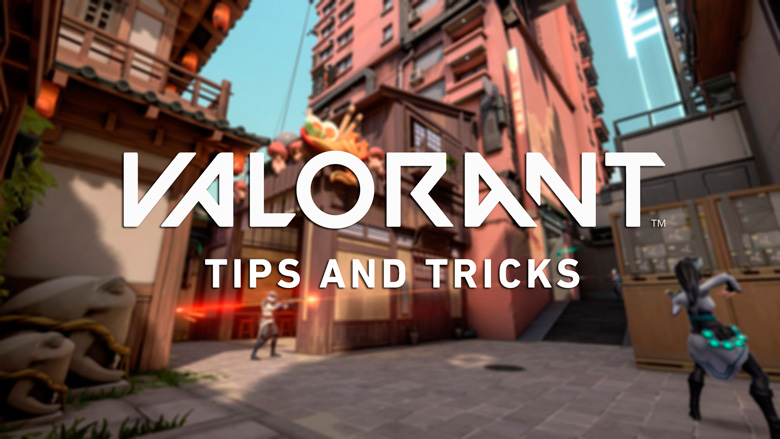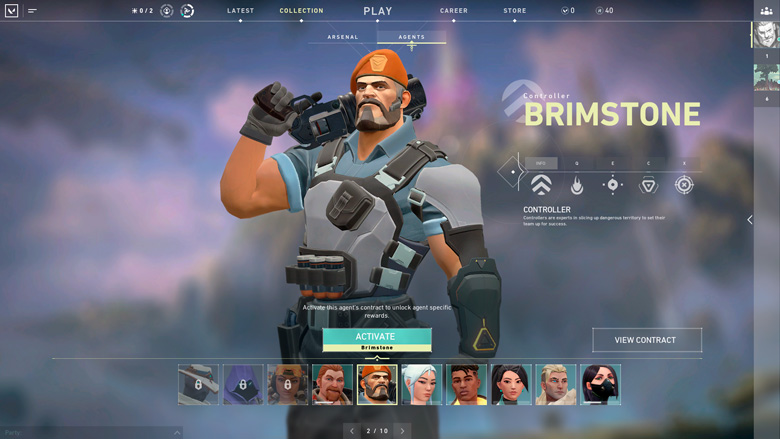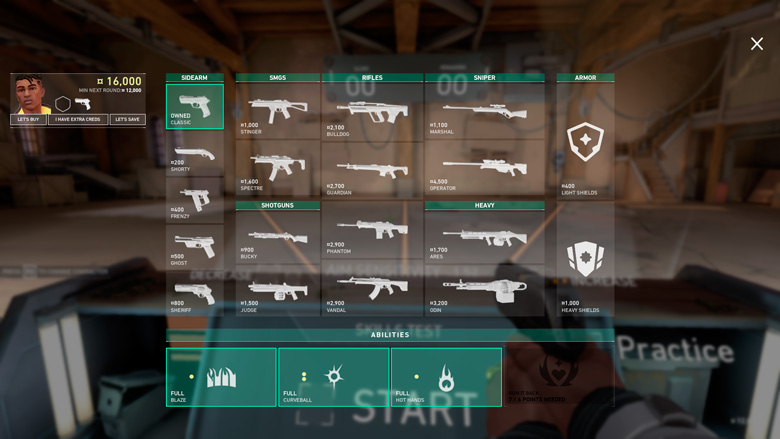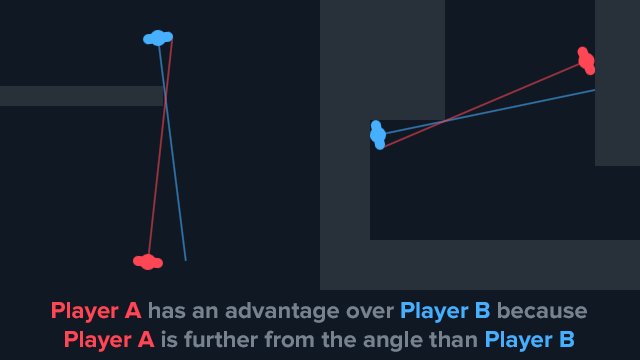
Riot Games
Valorant’s ranked mode officially went live on April 30, beginning in North America and then activating in Europe. After twenty unrated games, players who are participating in the closed beta of Riot Games’ new tactical shooter can start queuing up for competitive mode matches with a group of five or by themselves.
Unlike in Counter-Strike: Global Offensive where there are prominent differences between its competitive and casual modes, the rules and format of matches in Valorant are largely the same, just with your competitive ranking on the line. For those looking to climb the ranks, here are some really simple Valorant tips to remember on your rise to the Valorant rank.
Well-Coordinated Team Comms and Team Comps Are Vital
Arguably the most important factor in winning games of Valorant is a cohesive team. Yes, some matches can be won with pure skill and a lack of communication, but in ranked mode, you’re more than likely to end up playing opponents who are similarly skilled. When two teams are evenly matched in ability, the cohesive team with a stronger makeup will come out victorious more often than not.
This begins at the Agent Select screen, where Unrated players will often lock in their favorite in a matter of seconds. While it’s important to play an Agent you’re comfortable with, you should consider the composition of your team in competitive matches. A common core of Agents that many pros and aspiring pros consider a stable of success is Sage, Vector, Breach, and Brimstone.

Riot Games
Sage’s abilities to heal, resurrect, and choke off entry points with her slow and wall abilities are crucial for defending bombsites and securing rounds after plant. Vector is pivotal to gathering information across the map and preventing flanks. Breach is a solid initiator that can lead a team onto a site with his flash and concussive wall charges. Brimstone’s smoke charges and buffs make him very useful for either offense or defense.
Your fifth should fit the playstyle your team wants to compete with. Aggressive, fast teams would thrive with either Phoenix or Jett. Slower, more tactical approaches can be supported with either Omen or Sova. Viper can also be utilized to choke off entries on defense and aid pushes on offense, while Raze still outputs plenty of damage even after her nerf.

Riot Games
But even well-compositioned teams can flounder with poor communication. Being able to call out enemy pushes, rotations, defenses, and any other useful information is what separates dominant victories from tilting losses. If you don’t usually communicate with a mic in multiplayer games, you should consider doing so for ranked Valorant.
Watch Your Money and Your Angles
Valorant has obviously attracted a lot of CS:GO fans, but now all the closed beta access players are familiar with the Valve shooter’s economy system. Players earn cash each round to buy armor, weapons, and abilities. Valorant provides a little tool for those unfamiliar, by denoting the minimum amount of money the player will have next round.

Riot Games
For full armor and either the Vandal or Phantom rifle, you need to have 3900 credits. Players will roughly need another 600 credits for full stacks of abilities, but unlike with weapons and armor, those don’t go away if you died the previous round.
If you don’t have your abilities during a round, or if you’re still learning them, the smartest piece of advice you can take away is learning how to hold angles. On defense and offense, this involves approaching the act of taking sites or holding sites with different angles each round to keep your opponents guessing. In addition, try and stand further back from corners (if you can) when you peek, as you’ll get the first glance at your opponents. One of Riot’s API developers explains in a tweet:
With some basic communication, a properly constructed team of Agents, and some simple know-how of how to hold angles and when to buy, climbing to Valorant rank should be no problem.
READ MORE: Fake Valorant Streams Targeted by Twitch Guideline Update

Comments
Valorant Ranked Mode Tips & Tricks Guide